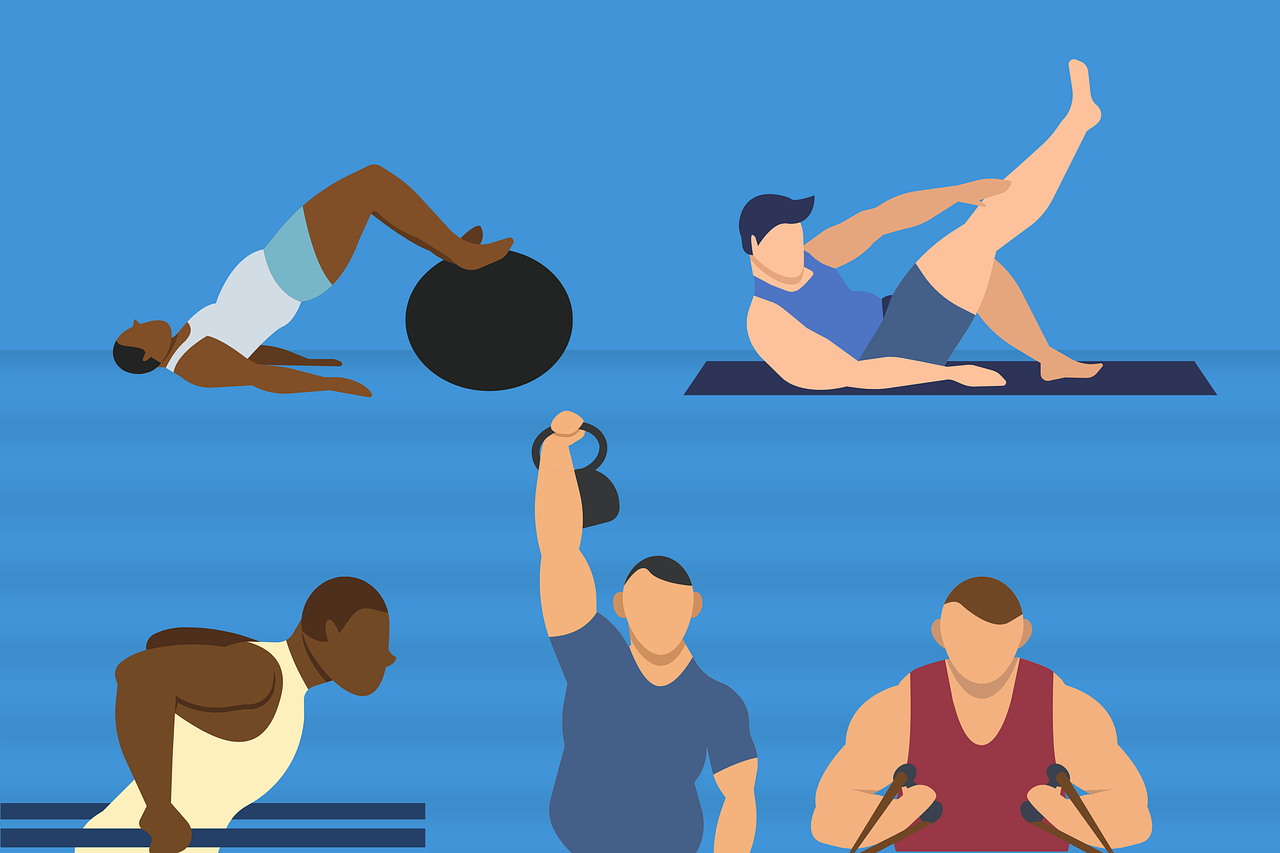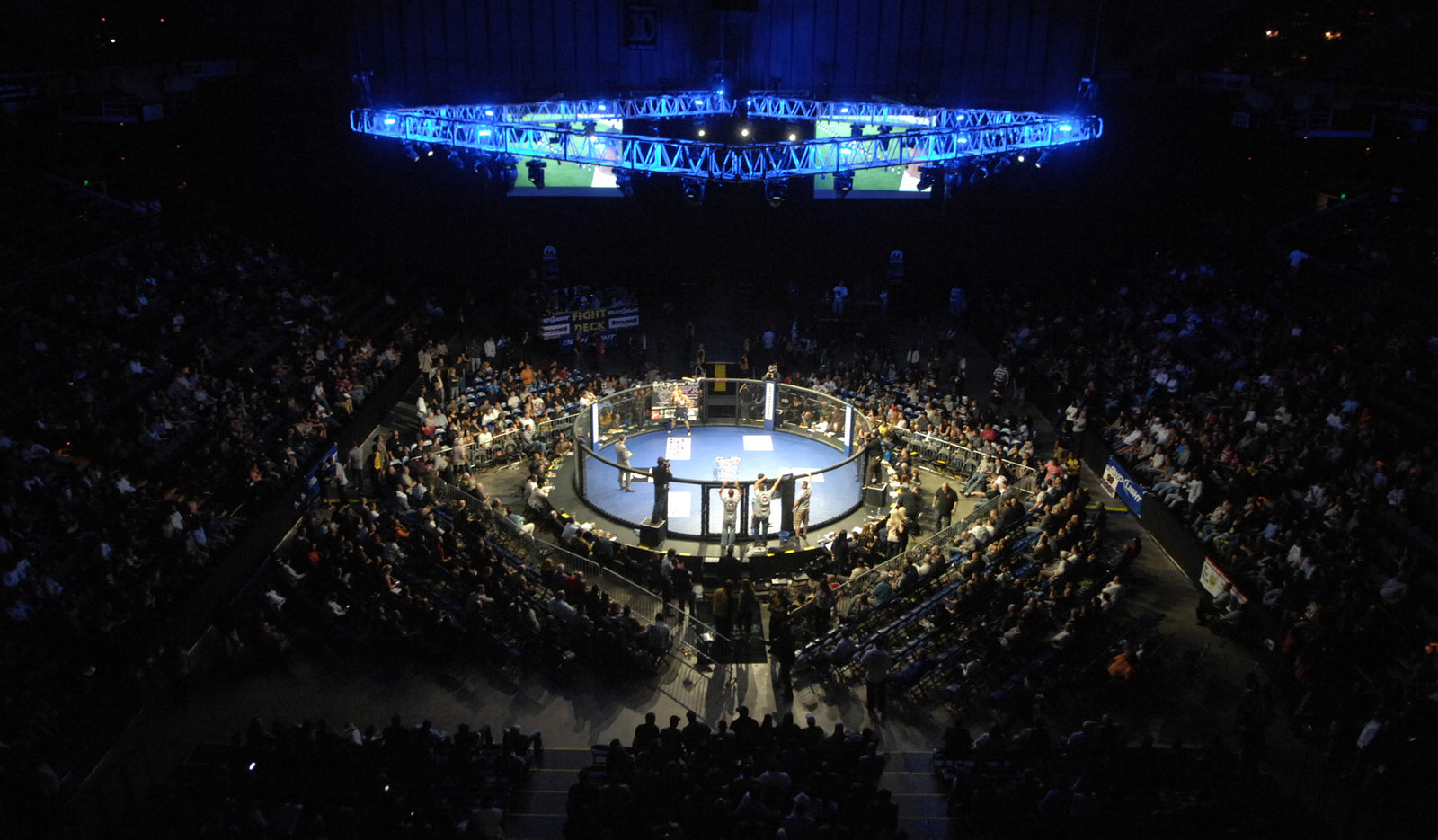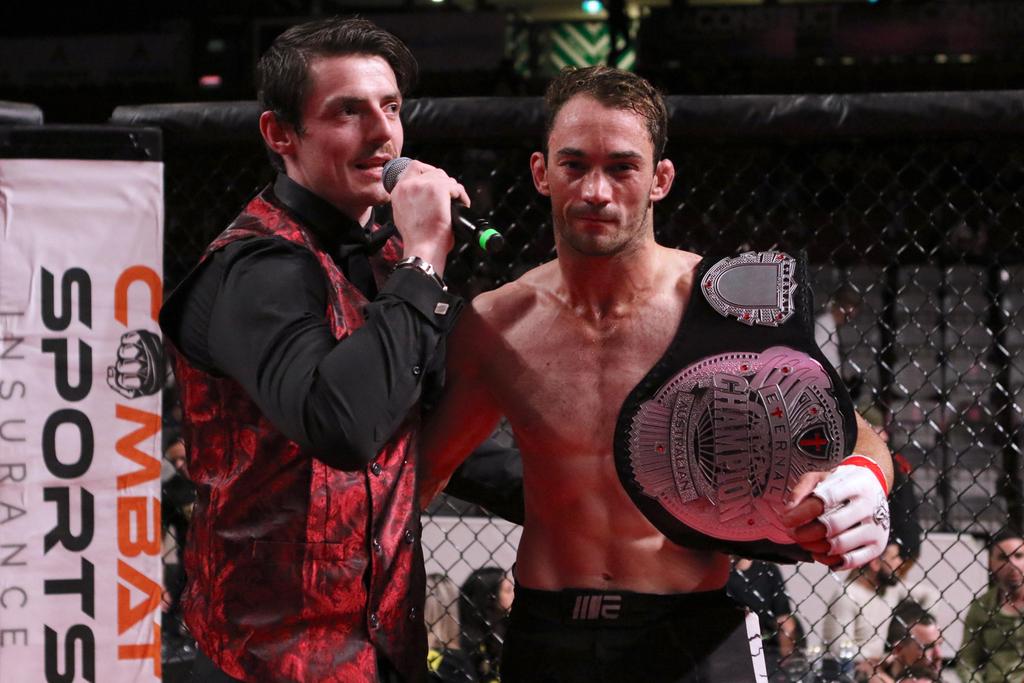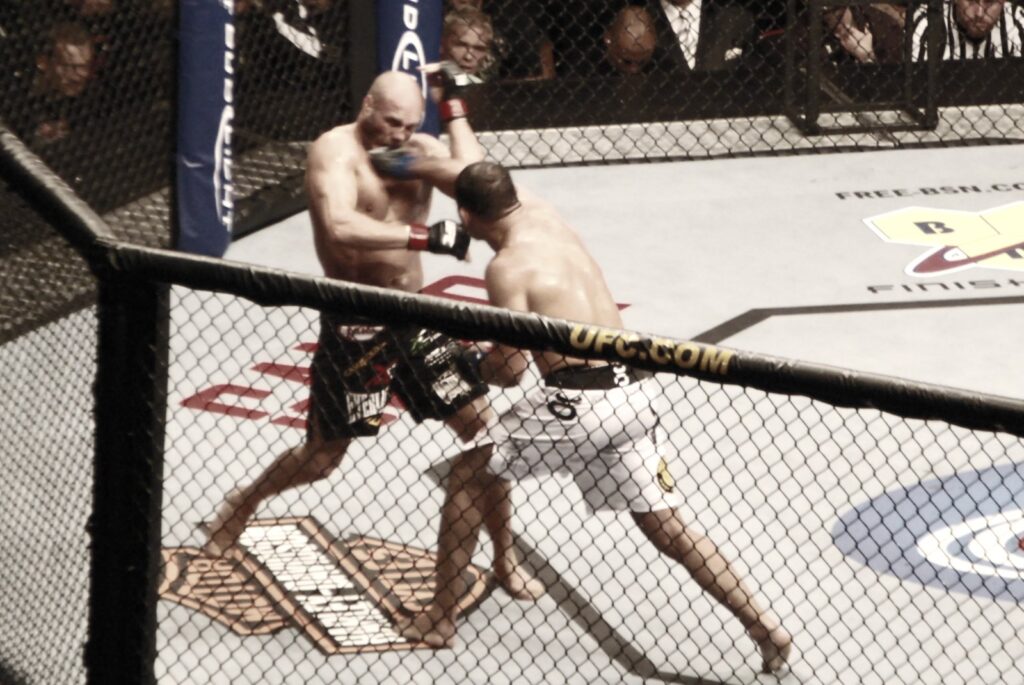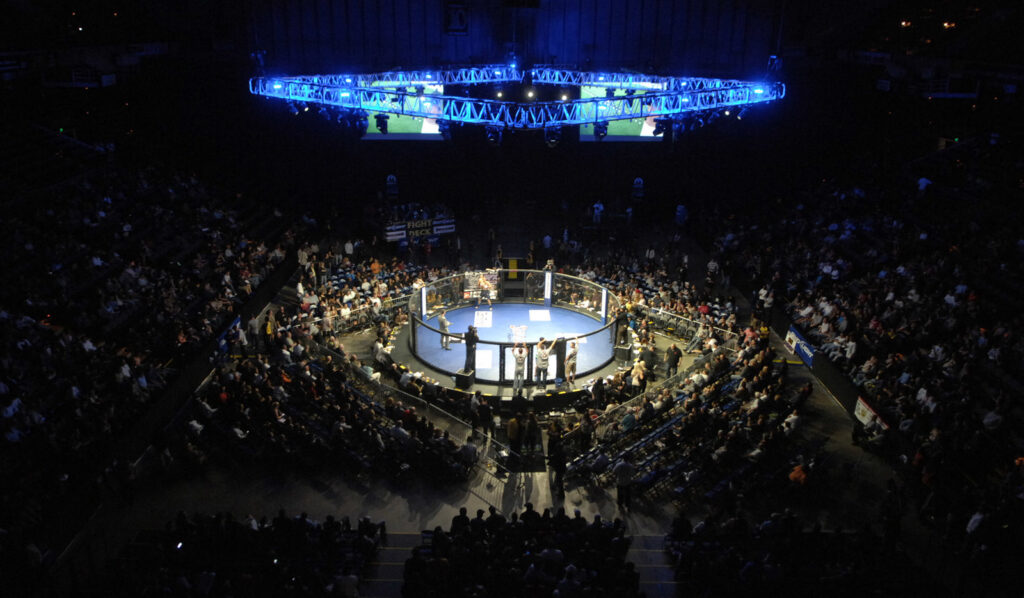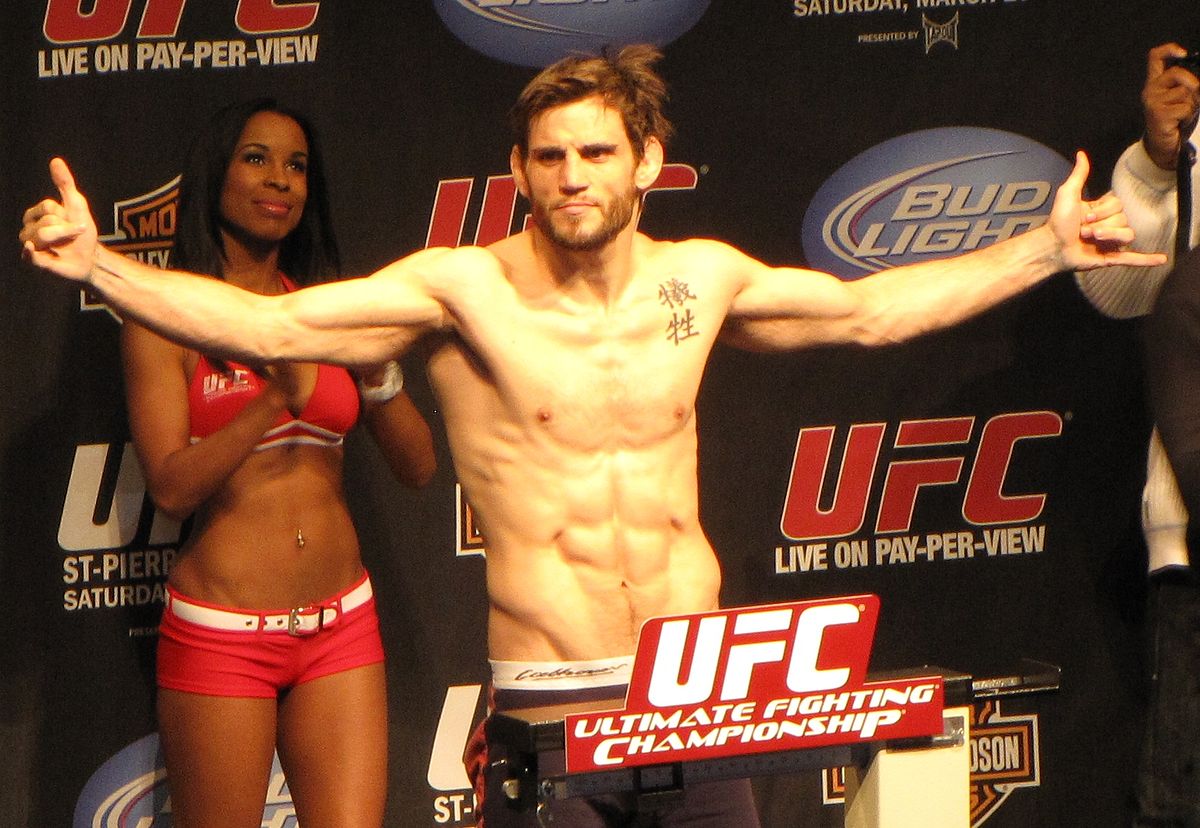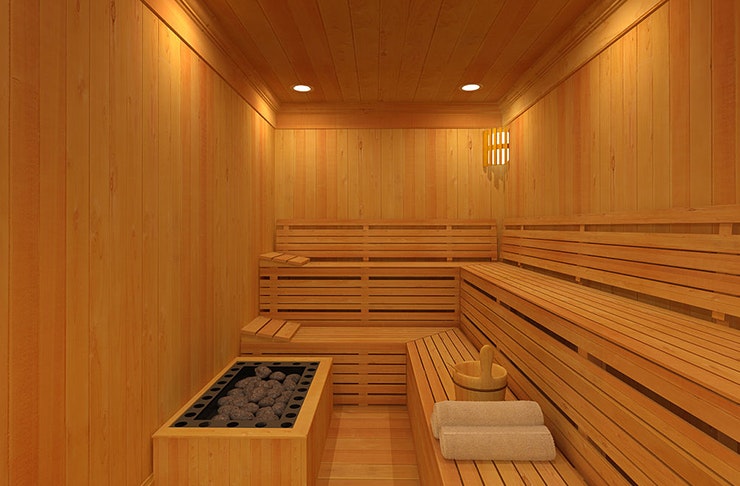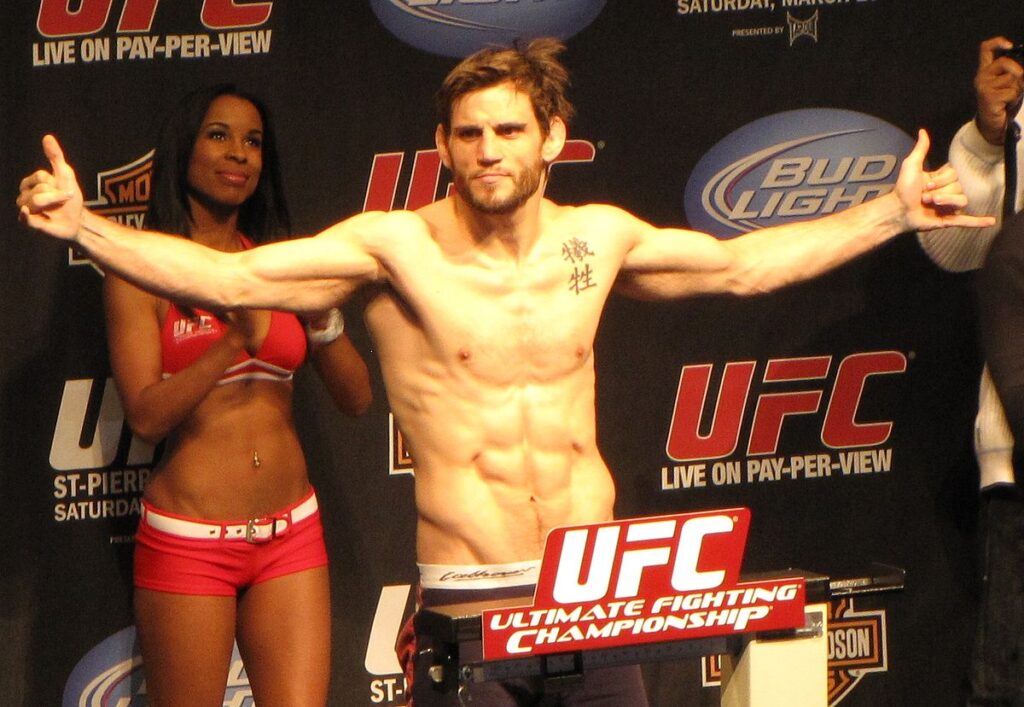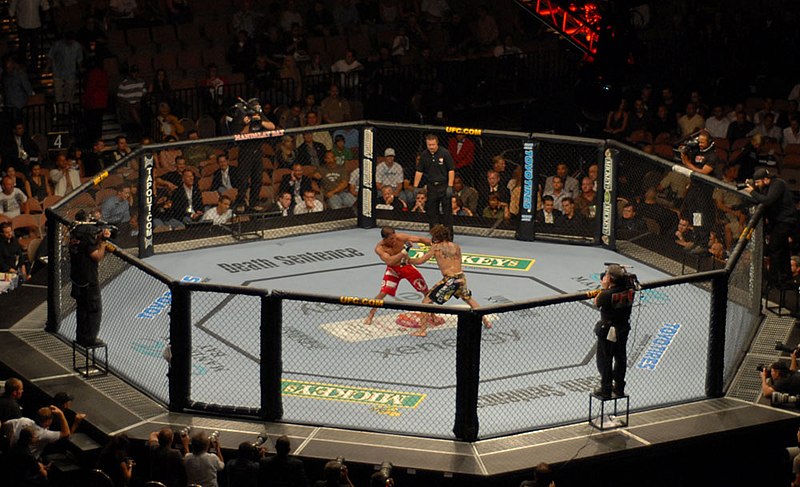Introduction
A personal trainer is a great investment if you’re serious about getting in shape, but you need to know what to expect from your personal trainer as well as what you should expect to pay. The cost of a personal trainer can vary widely depending on the type of training and the experience level of the trainer. Here’s everything you need to know about hiring and paying for your own personal trainer.
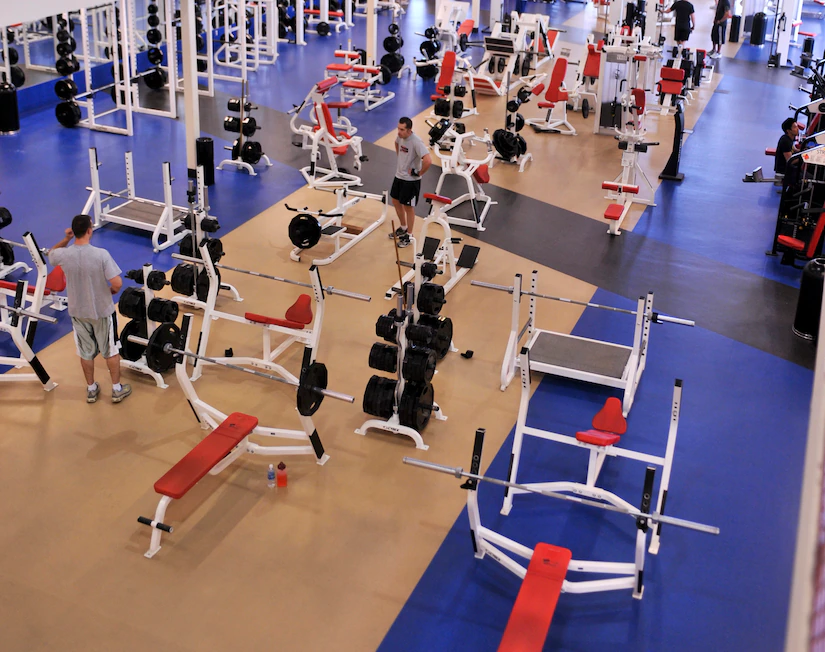

Variables that affect the cost of a personal trainer
The cost of a personal trainer varies based on several factors. These include:
- Location of the personal trainer. In an urban area, you can expect to pay more because the competition is higher and there are more options available for clients.
- Experience level of the personal trainer. A newbie with no experience will charge less than an experienced professional who has been in business for years and has built up a solid reputation.
- Time of day/day of week/month/season/year (or holiday). Demand for trainers may change depending on when you work out—the busiest time might be in January after New Year’s resolutions have ended, or it might be during summer vacation when everyone wants to look good at their beach house party!
These are just some examples; there are many variables that affect pricing such as package deals offered by studios or gyms where they offer discounted packages so clients don’t have to pay separately each month – these would show up on your credit card statement as “Fitness Products.” The point is that prices vary widely from one person or place offering services from another; therefore, we cannot provide an exact dollar amount based solely upon these three elements alone – but we can give some general guidelines about how much you should expect to shell out if you want someone else take care all those hard-to-reach spots!
Group Personal Training
Group personal training is a great option if you are looking to get in shape with a group of people. It’s less expensive than individual training and allows you to get more out of your workouts. You can create a supportive community by working out with friends who share similar fitness goals or may have been recommended by friends and family members who are already part of the group.
In addition to the monetary benefits, there are some other advantages that come with group personal training:
- It’s easier to stay motivated when you have others around you who share similar goals and can help each other stay on track towards reaching them.
- You’ll learn more about different exercises as well as how they’re best performed through watching other people perform them first-hand rather than just reading about it in an article or book (something I did growing up). This will make it easier for everyone involved!
Benefits of a Personal Trainer
Some of the benefits of hiring a personal trainer include getting a customised fitness program and having someone who will motivate you to reach your goals. A good personal trainer will also support and advise their clients, helping them stay on track throughout their journey. This can be especially helpful when it comes to dieting because most people find it difficult not to give in to temptation. Finally, being accountable for your actions is another benefit of hiring a personal trainer—if you don’t feel like working out or eating healthy, your trainer will hold you accountable by keeping track of how many times you skip training sessions or cheat on diets. It’s better if they’re able to motivate you as well!
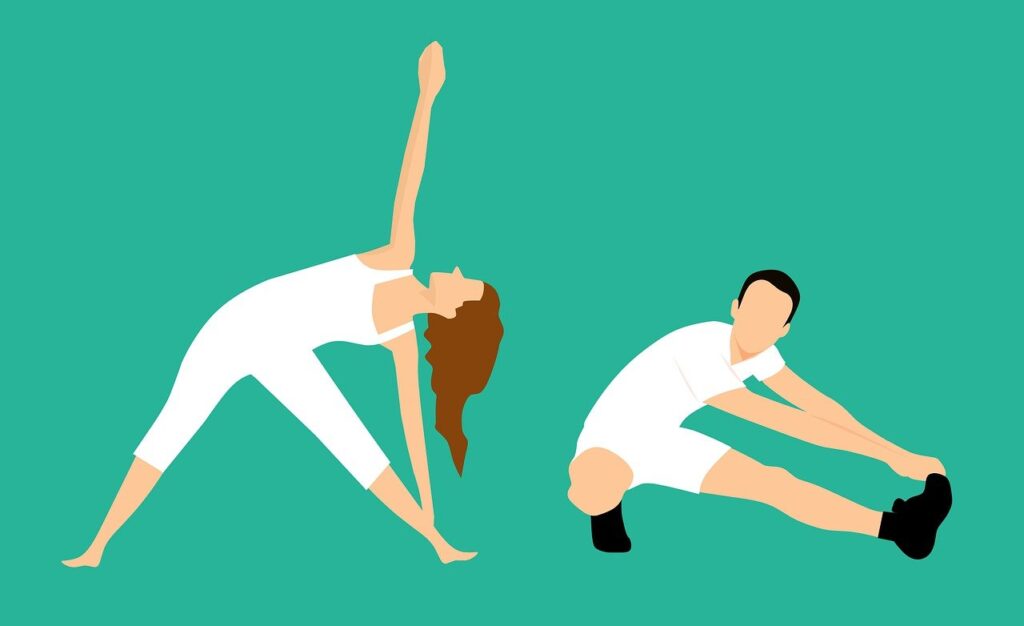

Getting Started with a Personal Trainer
When you’re ready to begin working with a personal trainer, there are several things to consider. The most important thing is finding someone that’s right for you. A good personal trainer knows their stuff, but they also can listen and work with you on your specific goals and needs.
It’s also important to be sure that your trainer has experience in the type of training program you want them to follow. If they don’t have experience in your desired area of focus (weight loss, endurance training), then it may be better for them to refer you out rather than waste time trying something new or different from what they know best.
The best way I’ve found for getting started with a new personal trainer is by taking an assessment quiz online. This will help give some insight into where you stand today health-wise so that when your trainer does an initial assessment (which should always happen before starting any new program), he/she will have some basis from which understand where progress needs made as well as what areas might already be strong enough not require additional attention yet still need some attention!
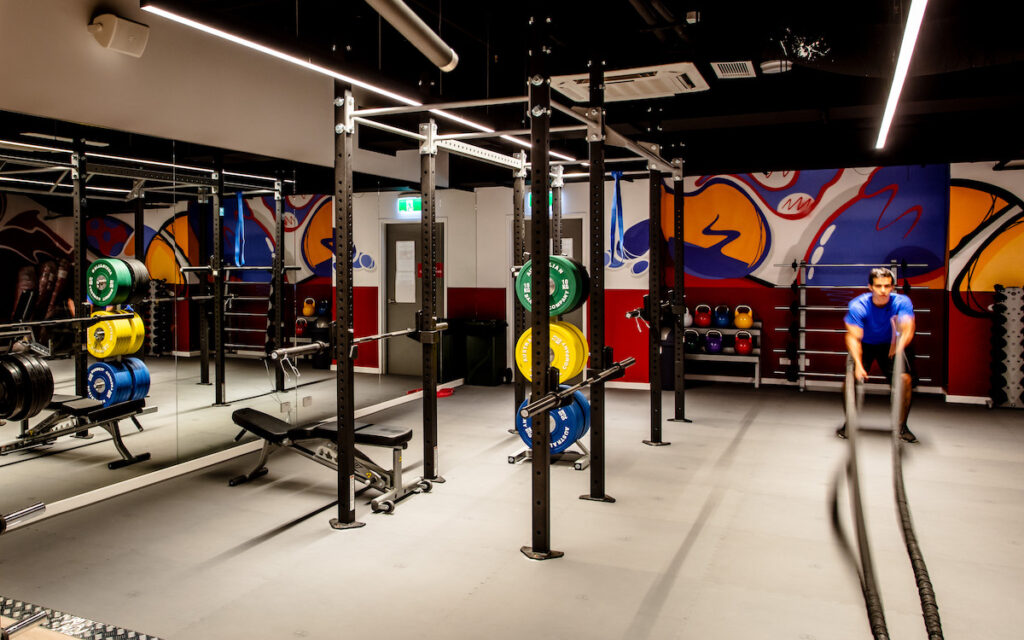

A personal trainer can be affordable.
You may think that you are going to have to pay through the nose for a personal trainer, but that’s not always the case. A good personal trainer will help you see results, which means he or she will be working with your schedule and make themselves available when it works for you. Additionally, if he or she has other clients who work as part of a team or group then they can offer lower rates because he or she has multiple students paying them at once.
So here are some things to keep in mind when looking for an affordable personal training experience:
- Find a suitable professional – It’s important to find someone who understands your needs, wants, and concerns before starting any form of exercise regime so they can create an achievable goal plan with realistic expectations along with support throughout each session until those goals are achieved.
- Look at their current clientele – If they have many active people coming into their studio each week then it may mean that they aren’t charging customers as much because they want more people coming in and not leaving.
- Be flexible – Both parties should be flexible enough when scheduling appointments so both parties’ benefit from having unlimited access on certain days/times within reason (e.g., no early morning wake up calls).
Conclusion
There is no one cost for a personal trainer because everyone has different goals and needs. However, with careful planning, you can find a personal trainer that will work for you. If you are searching for a great personal trainer near you, don’t forget to check out our page with reviews of the best local trainers in your city. You may want to read through some client testimonials first—we know that thorough vetting can make all the difference when you’re looking for someone who will be able to help you reach your fitness goals!

